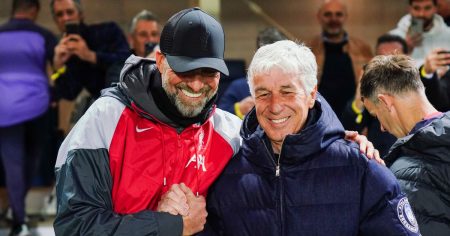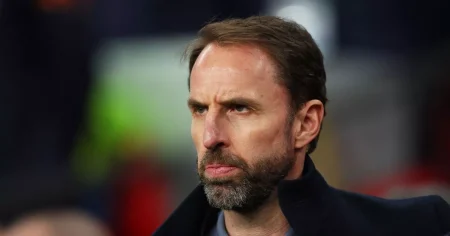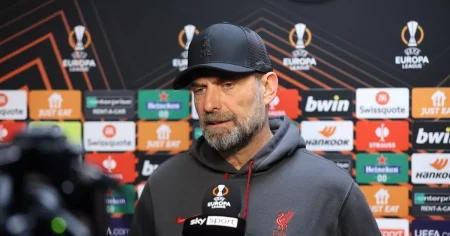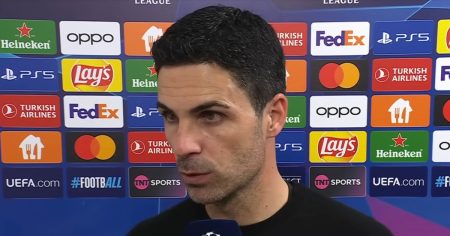Frank Lampard, the former Chelsea and Everton manager, is reportedly being considered for the position of the head coach of World Cup co-hosts Canada. After an interim spell at Chelsea, Lampard has been taking a break from coaching, and Canada is looking to fill the spot for their upcoming World Cup campaign in 2026. The country is guaranteed a spot as a co-host, and Lampard is among the shortlisted names for the role, alongside others. Current interim manager Mauro Biello has been in charge since September 2023, after previous boss John Herdman led the team to a disappointing finish in the 2022 World Cup.
Having expressed his interest in returning to coaching, Lampard has been waiting for the right opportunity to resume his managerial career. While it remains unclear whether Canada fits that description, the Englishman seems open to the possibility. With a keen interest in improving players and teams, Lampard is looking forward to working again in the future. Canada’s previous permanent boss, John Herdman, left his post in 2023, leaving the national team in need of a new leader. Lampard’s experience as a player and a manager at top clubs could make him a good fit for the job, should he choose to accept the position.
Since leaving Chelsea after his second interim spell, Lampard has been watching from the sidelines as Chelsea’s performance has been inconsistent. The team struggled under Mauricio Pochettino, finishing 12th the previous season and facing challenges in the current campaign. However, a recent victory over Manchester United has boosted morale, with young players like Cole Palmer stepping up to secure a win in stoppage time. Pochettino emphasized the importance of the victory in connecting with fans and energizing the squad, pointing out that Chelsea is the youngest team in Europe’s top leagues.
The possibility of Lampard taking over the Canadian national team comes at a time when he is weighing his options and assessing the right fit for his coaching career. While the Canada job could be a new challenge for Lampard, it offers the opportunity to make an impact ahead of a major tournament like the World Cup. As Lampard explores his next move in coaching, fans and pundits are curious to see where his path leads and whether he can bring his leadership and tactical expertise to a different stage. With the potential to work with a new group of players and shape the team’s strategy, Lampard’s impact on Canada’s footballing future could be significant.
Reflecting on his coaching career so far and the challenges he has faced at various clubs, Lampard remains optimistic about working with players and improving teams. His track record at Chelsea and Everton, despite some setbacks, shows his commitment to developing talent and fostering a winning mindset. Among other names on Canada’s shortlist, Lampard could bring a fresh perspective and a wealth of experience to the national team as they gear up for the 2026 World Cup. As discussions continue and decisions are made, Lampard’s potential appointment could mark a new chapter in his coaching journey and a chance to leave his mark on international football.
The upcoming period promises to be an exciting one for Lampard and Canadian football fans as they await the decision on who will lead the team into the World Cup. If Lampard decides to take on the challenge, it could be a pivotal moment in his coaching career, providing an opportunity to make a difference on the international stage. His passion for the game, tactical knowledge, and leadership skills could be instrumental in shaping Canada’s footballing future and guiding the team to success in the upcoming tournament. With the football world watching, the potential appointment of Lampard as head coach of Canada could be a turning point both for the team and for Lampard himself as he seeks to make his mark in the international arena.
















